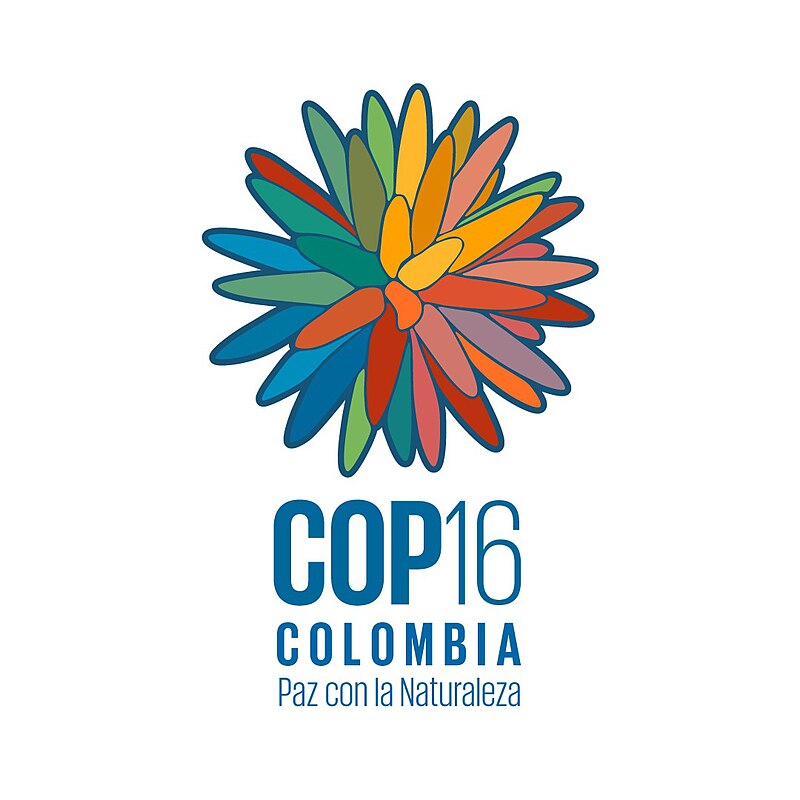Context:
The 16th Conference of Parties to the Convention on Biological Diversity (COP16) faces hurdles as the CBD implementation body concludes its meeting without achieving consensus on vital decisions.
Meeting Highlights:
- The fourth meeting of the Subsidiary Body on Implementation (SBI4), which is the implementing body of the CBD, concluded without finalizing recommendations to be presented at COP16 in Cali, Colombia.
- The meeting of SBI4 took place in Nairobi to negotiate crucial issues related to resource mobilisation, capacity-building and technical and scientific cooperation among countries and organisations.
- The Delegates at SBI4 also discussed ways to monitor and review progress in implementing the Biodiversity Plan.
- However, the meeting ended without resolving key issues, leaving many sections of the text bracketed and undecided.
Background:
- The Biodiversity Plan, formerly known as the Kunming-Montreal Global Biodiversity Framework, was adopted in December 2022 at COP15.
- Developed countries have until 2025 to uphold commitments and provide new, additional, and adequate financial resources to developing countries.
- Also, a system to generate at least $20 billion per year through international financial flows needs to be established by next year.
The Biodiversity Plan
- The Biodiversity Plan serves as a blueprint for global action on biodiversity conservation.
- It’s considered a landmark agreement, often referred to as the “Paris Agreement for Nature”.
- This ambitious plan course towards a future where humanity and nature coexist in harmony by 2050. It establishes 23 targets and four goals set to be met by 2030 and 2050, respectively.
Objectives include:
- Integrating biodiversity considerations into sectors like agriculture, forestry, and fisheries to ensure sustainable practices.
- Halting and reversing biodiversity loss, with a specific target to reduce the global extinction rate of known species to near zero by 2050.
- Protecting and restoring ecosystems, aiming to conserve at least 30% of the world’s land and ocean areas by 2030.
- Mobilizing financial resources, with a focus on increasing financial flows to developing countries to support biodiversity conservation efforts.
Crucial Decisions Lacking Consensus:
- Despite efforts, consensus couldn’t be reached on various fronts, including funding mechanisms and technical cooperation.
- To address funding gaps, the United Nations Environment Programme (UNEP) and China launched the Kunming Biodiversity Fund to support biodiversity conservation in developing countries.
However, the operationalization of this fund is pending. This is in addition to the Global Biodiversity Framework Fund established last year under the Global Environment Facility (GEF).
- The GEF established on the eve of the 1992 Rio Earth Summit, provides grants and concessional financing to address global environmental issues. It funds projects in 183 countries, focusing on biodiversity conservation, climate change, land management, and pollution reduction. The latest replenishment (GEF-8) saw the largest mobilization of resources yet.
- The outcomes of SBI4 will influence negotiations on the next replenishment (GEF-9) by the Facility’s member countries.
Implications of the Stalemate:
- The inability to reach final decisions brings uncertainty to the successful implementation of the Biodiversity Plan, which has ambitious targets for 2030 and 2050.
- The lack of consensus puts efforts to secure sufficient financial resources at risk. This is crucial for biodiversity conservation, especially in developing countries.
Reactions and Responses:
- Parties at SBI4 selected 18 organizations worldwide to support action across countries, bridging gaps in international cooperation.
- These centres will fill gaps in international cooperation and cater to the needs of countries in their respective regions.
- Progress on the alignment of National Biodiversity Strategies and Action Plans (NBSAP) was reviewed at SBI4.
- Progress on NBSAPs will be reviewed at SBI5, just before COP16.
- Parties must submit their NBSAPs at COP16, as decided at COP15. Only eight countries have updated and submitted their plans so far.
- Discussions on digital sequence information took place at SBI, with efforts to develop and operationalize a multilateral mechanism, as agreed at COP15.
Looking Ahead to COP16:
- The upcoming SBI meeting before COP16 offers another opportunity to address outstanding issues.
- Reaching agreements on resource mobilization and finalizing the recommendations will be critical for a successful COP16 and ultimately, for achieving the goals outlined in The Biodiversity Plan.
Convention on Biological Diversity (CBD)
It also informally known as the Biodiversity Convention, is a multilateral treaty, entered into force on 29 December 1993.
Goals: The CBD has three main objectives:
- Conservation of biological diversity (biodiversity)
- Sustainable use of its components
- Fair and equitable sharing of benefits arising from the utilization of genetic resources
Membership: The CBD is one of the most widely ratified international agreements, with 196 countries being parties to the convention.
Implementation:
- The CBD is implemented through various mechanisms, including:
- Conferences of the Parties (COP): These are periodic meetings where member countries review progress, set goals, and make decisions.
- Subsidiary bodies on Implementation (SBI): These provide scientific and technical advice, as well as recommendations for implementing the CBD.
National Biodiversity Strategies and Action Plans (NBSAPs): Each member country develops plans outlining how they will achieve the goals of the CBD.

